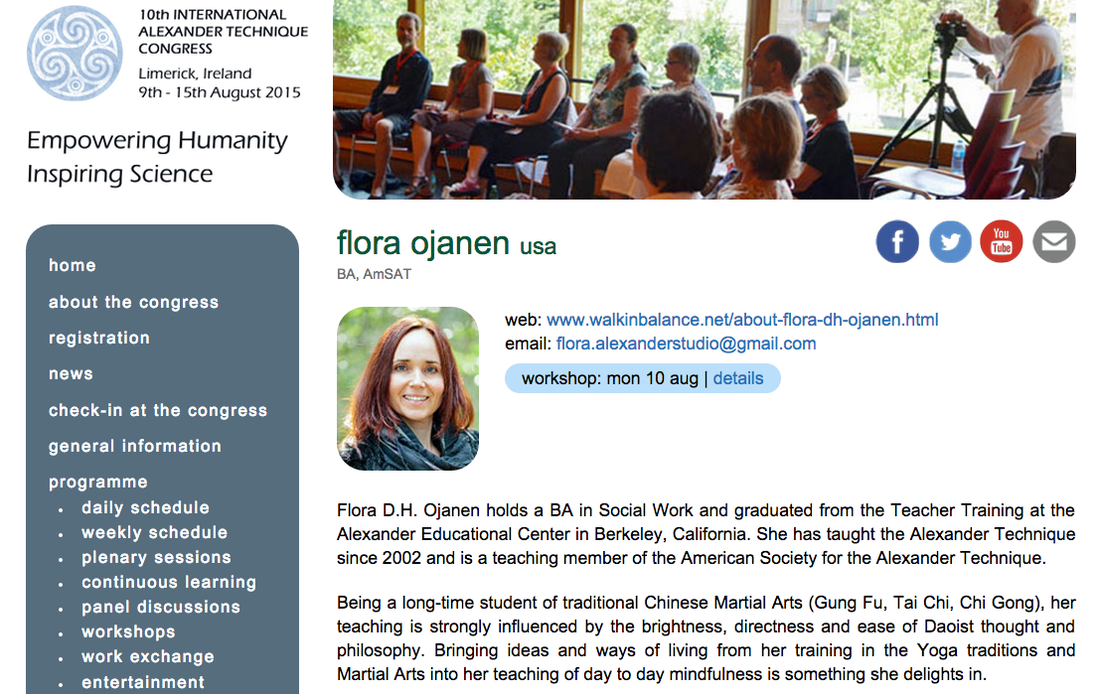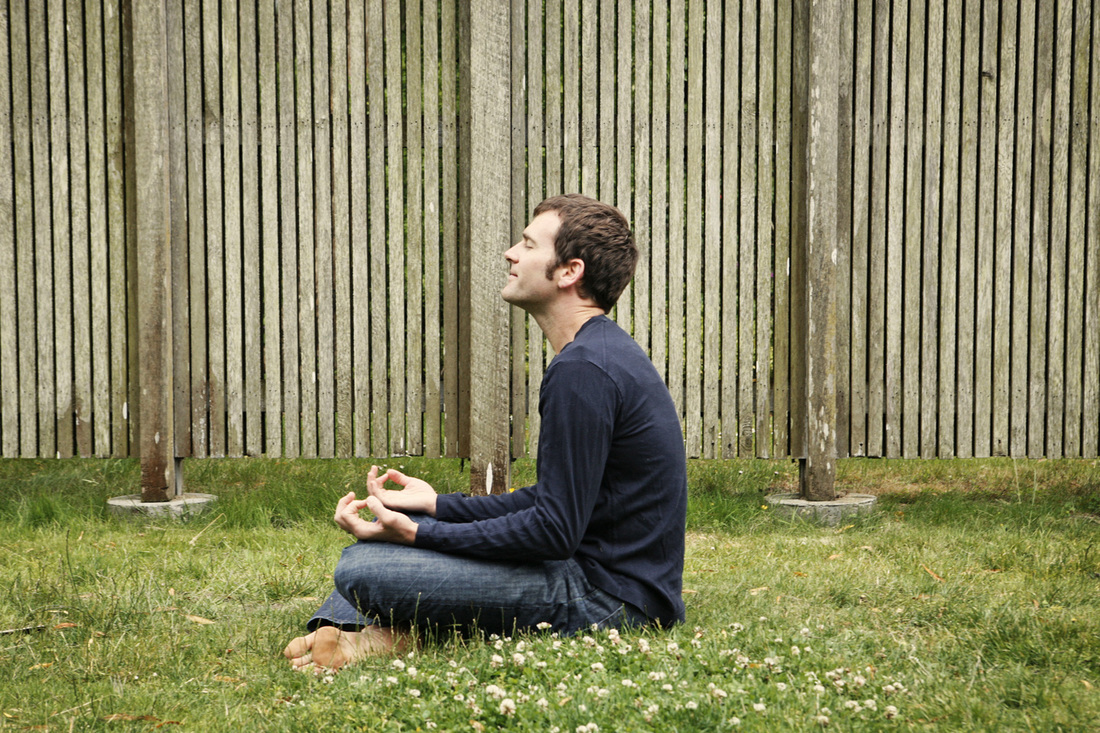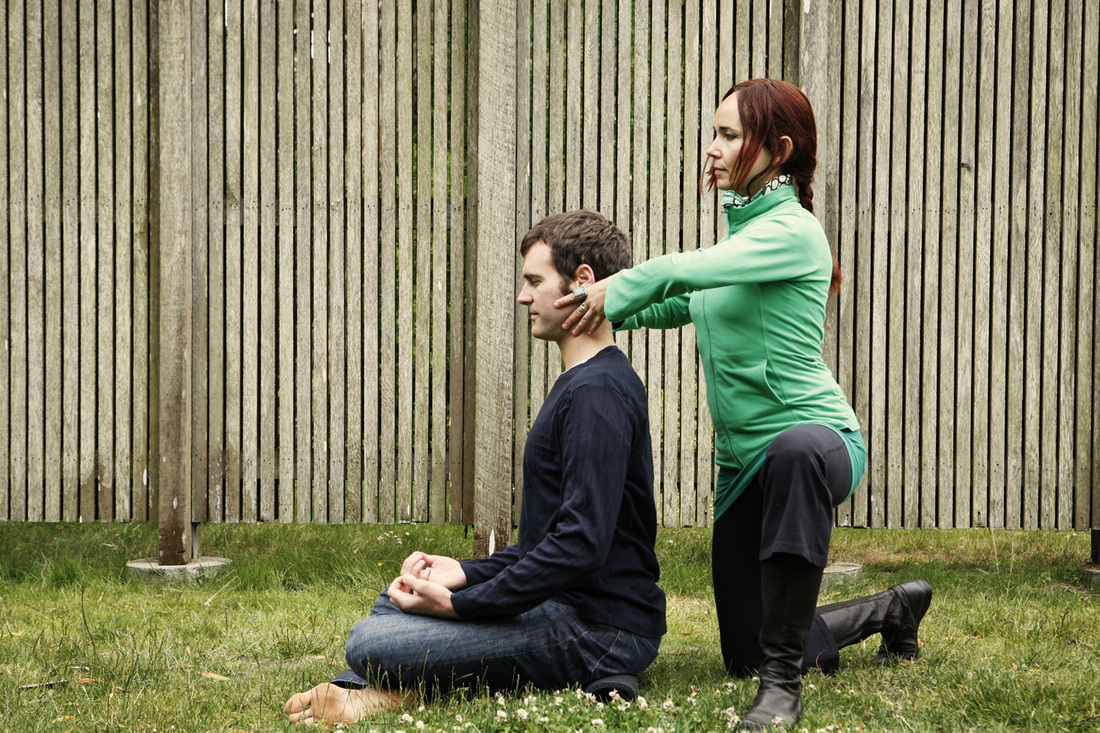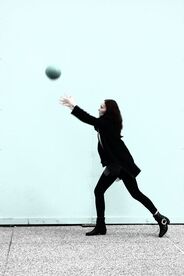 Mastery When you find yourself passionate about a new activity and want to get better at it, but find yourself stuck at a certain point, you might find that more instruction in the specific activity often does not help you improve. Even more practice does not seem to help. Something is blocking you progress, but what is it? When you have “tried everything”, moving to the next level of mastery often requires you to stop all the doing, to free up your body and clear your mind from unconscious habits of moving and thinking. In addition, clearing out the “baggage” or “clutter” left from self-criticism and frustrating experiences frees up energy for renewed creativity and improvement in sometimes amazing ways. When stuck at a particular level of mastery, we often think that we only need more of something – more talent or more strength – when what we really need is less of something – less getting in our own way through old habits of thinking and moving. Learning to stop getting in our own way means clearing the path to the next level of mastery. The Alexander Technique is beautifully suited to help with that. Do you have the patience to wait until your mud settles and the water is clear? Can you remain unmoving until the right action arises by itself? If you realize that all things change there is nothing you will try to hold on to. Less and less will you need to force things. ~ Lao Tzu/Philosopher Translation by Steven Mitchell  Common Sense is now official: Experts now say you should start standing up at work for at least two hours a day -- and work your way toward four. Read more here: http://www.washingtonpost.com 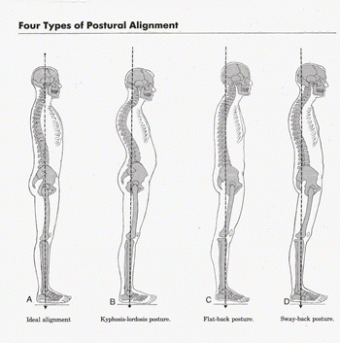 By Leon Chaitow, ND, DO Examples of how structural and functional features strongly influence each other. We all know that poor posture is damaging to our physical structures, but are we as aware of the wider implications of postural distress on the total economy of the body, and even on organ function? To explore that topic deeply would take a book − or two − so the best I can offer in this brief review are some hopefully thought-provoking snippets of information. One of the best discussions of the influences of postural/biomechanical misalignment on the economy of the body and on organ function was provided by the orthopaedic surgeon Joel E.Goldthwaite in the 1930s, in his classic bookEssentials of Body Mechanics. (Search for this via Web sites that specialize in secondhand books. It's a marvellous text.)1 The concepts described by Goldthwaite, and subsequently developed by others (see below), are extremely relevant to all health care professionals. They demonstrate the inevitable progression to which poor posture leads as tissues adapt to postural imbalance, with the influences of aging and gravity adding to the picture. For a dramatic and graphic account of the process of decompensation, I am quoting directly from Goldthwaite, who observed: "The main factors which determine the maintenance of the abdominal viscera in position are the diaphragm and the abdominal muscles, both of which are relaxed and cease to support in faulty posture. The disturbances of circulation resulting from a low diaphragm and ptosis ['sagging'], may give rise to chronic passive congestion in one or all of the organs of the abdomen and pelvis, since the local, as well as general venous drainage, may be impeded by the failure of the diaphragmatic pump to do its full work in the drooped body. Furthermore, the drag of these congested organs on their nerve supply, as well as the pressure on the sympathetic ganglia and plexuses, probably causes many irregularities in their function, varying from partial paralysis to overstimulation. All these organs receive fibers from both the vagus and sympathetic systems, either one of which may be disturbed. It is probable that one or all of these factors are active at various times in both the stocky and the slender anatomic types, and are responsible for many functional digestive disturbances. These disturbances, if continued long enough, may lead to diseases later in life. Faulty body mechanics in early life, then, becomes a vital factor in the production of the vicious cycle of chronic diseases and presents a chief point of attack in its prevention ... In this upright position, as one becomes older, the tendency is for the abdomen to relax and sag more and more, allowing a ptosic condition of the abdominal and pelvic organs unless the supporting lower abdominal muscles are taught to contract properly. As the abdomen relaxes, there is a great tendency towards a drooped chest, with narrow rib angle, forward shoulders, prominent shoulder blades, a forward position of the head, and probably pronated feet. When the human machine is out of balance, physiological function cannot be perfect; muscles and ligaments are in an abnormal state of tension and strain. A well-poised body means a machine working perfectly, with the least amount of muscular effort, and therefore better health and strength for daily life." Because it is so graphic, I have added italics to the description Goldthwaite offers of the slumped posture that is so apparent in many of our patients − you could draw the picture of this person, I am sure! Obviously, a huge amount of study and research has continued into the widespread influences of poor posture on health in the 70 years since Goldthwaite published these words. One of the most interesting perspectives comes from Professor Wolf Schamberger, who sets out in his book The Malalignment Syndrome2 a current, clinical and research-based view that totally supports the earlier Goldthwaite observations. Schamberger describes some of the inevitable changes that are associated with common asymmetries, as follows: "Malalignment of the pelvis, spine and extremities remains one of the frontiers of medicine ... the associated biomechanical changes - especially the shift in weight-bearing and asymmetries of muscle tension, strength, joint ranges of motion − affect soft tissues, joints and organ systems throughout the body and therefore, have implications for general practice and most medical sub-speciality areas."(Italics added) Schamberger offers examples of visceral problems emerging from malalignment of the pelvis, resulting, for example, in pelvic floor dysfunction: "Typical visceral problems that have been attributed to pelvic floor dysfunction include:
Kuchera adds a perspective that highlights some of the other key influences on what they term postural decay: "Posture is distribution of body mass in relation to gravity over a base of support. The efficiency with which weight is distributed over the base of support depends on the levels of energy needed to maintain equilibrium (homeostasis), as well as on the status of the musculo-ligamentous structures of the body. These factors − weight distribution, energy availability and musculo-ligamentous condition − interact with the (usually) multiple adaptations and compensations which take place below the base of the skull, all of which can influence the visual and balance functions of the body." Over time, adaptational changes, as listed by Goldthwaite, Kuchera and Schamberger, are likely to progress from the production of dysfunction (such as low back pain) to the evolution of actual pathological changes. These examples show how structural and functional features strongly influence each other, and how other factors, ranging from age to available energy, musculo-ligamentous status and gravity, all help determine the changes that evolve. One more example highlights how patterns of use − in this example, changes created by poor breathing function − can have marked influences on structures and organ function, on top of those imposed by the influences of poor posture. Garland has summarized a series of changes that follow from unbalanced breathing habits, including: "visceral stasis/pelvic floor weakness, abdominal and erector spinae muscle imbalance, fascial restrictions from the central tendon via the pericardial fascia to the basi-occiput, upper rib elevation with increased costal cartilage tension, thoracic spine dysfunction and possible sympathetic disturbance, accessory breathing muscle hypertonia and fibrosis, promotion of rigidity in the cervical spine with promotion of fixed lordosis, reduction in mobility of the 2nd cervical segment and disturbance of vagal outflow ... and more." In order to evaluate posture, observation and palpation, specific assessments are needed. The basic requirements include:
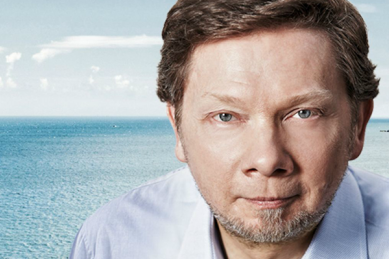 "Unhappiness or negativity is a disease on our planet. What pollution is on the outer level is negativity on the inner. It is everywhere, not just in places where people don't have enough, but even more so where they have more than enough. Is that surprising? No. The affluent world is even more deeply identified with form, more lost in content, more trapped in ego. People believe themselves to be dependent on what happens for their happiness, dependent on form. They don't realize that what happens is the most unstable thing in the universe. It changes constantly. They look upon the present moment as either marred by something that has happened or shouldn't have or as deficient because of something that has not happened but should have. And so they miss the deeper perfection that is inherent in life itself, a perfection that is always already here, that lies beyond what is happening or not happening, beyond form." Workshop: Tension: A System-wide Issue
at the San Francisco Sivananda Vedanta Center Taught by Flora D.H. Ojanen, Tuesday, May 26, 2015 6:30 –8:00 pm Member: $20.00 Non-member: $25.00 Tension, stiffness and slouching are not local physical problems, but always system-wide issues. Basic and long-lived patterns of habit often interfere with enjoyment and progress. Explore the relationship between everyday habits of movement and habits on the mat. Deepen your knowledge of sustainable and intelligent alignment according to our innate human design, on and off the mat. This will help you avoid injuries and pains connected with habitual mis-use of the body. This is a very practical, hands-on workshop. Experience your body in a new light. Registration required 24 hours in advance. http://www.sivanandasf.org/course/4600 |
Walk In Balance Center BlogHow To Thrive Being Human In Our Modern World.
Meet Daily Stressors and Life's Challenges with a Spacious Body & Conscious Mind. Archives
January 2020
Categories
All
|
Berlin
|
Tai Chi / Qi Gong BerlinAlexander TechniqueNow In BErlinStudy onlineContactREVIEWS |
© Copyright Walk In Balance Alexander Technique Center I 2024 All Rights Reserved.

